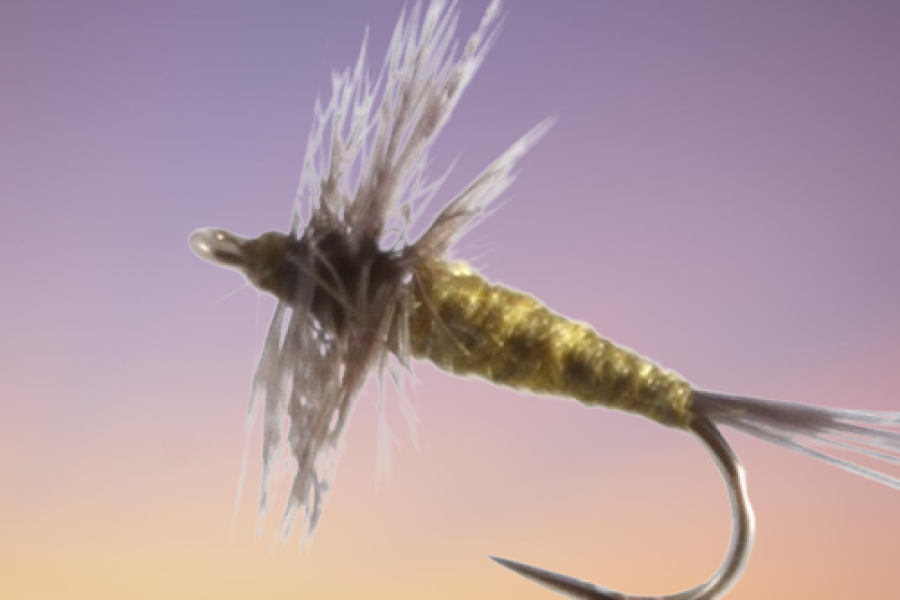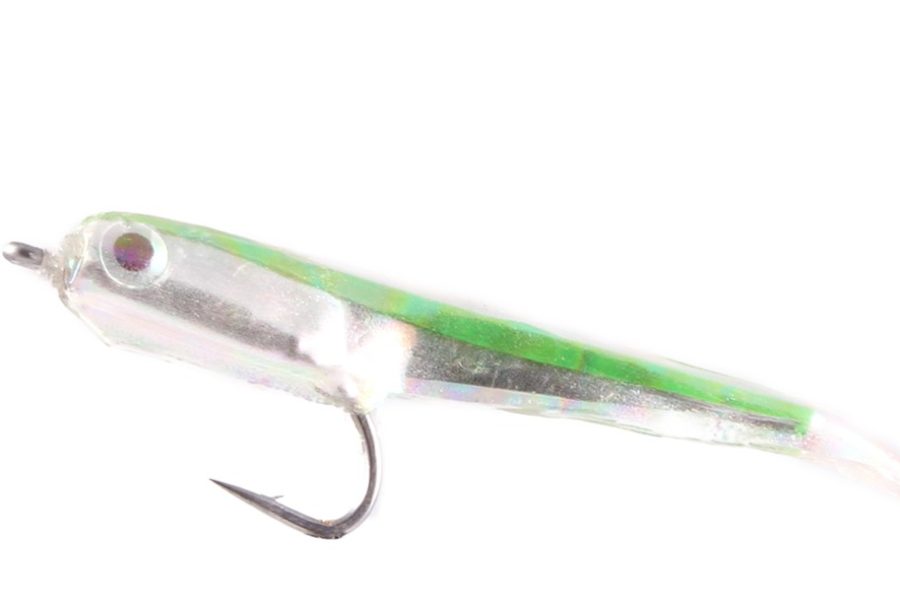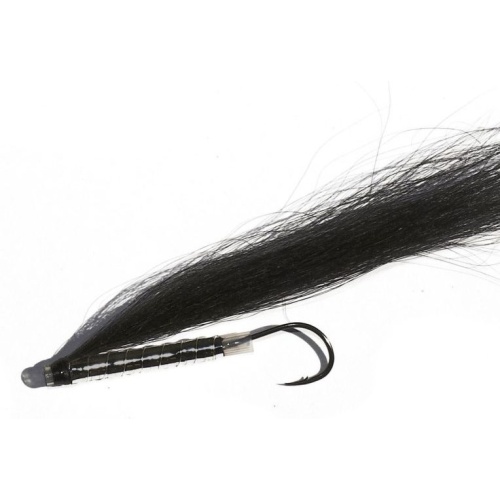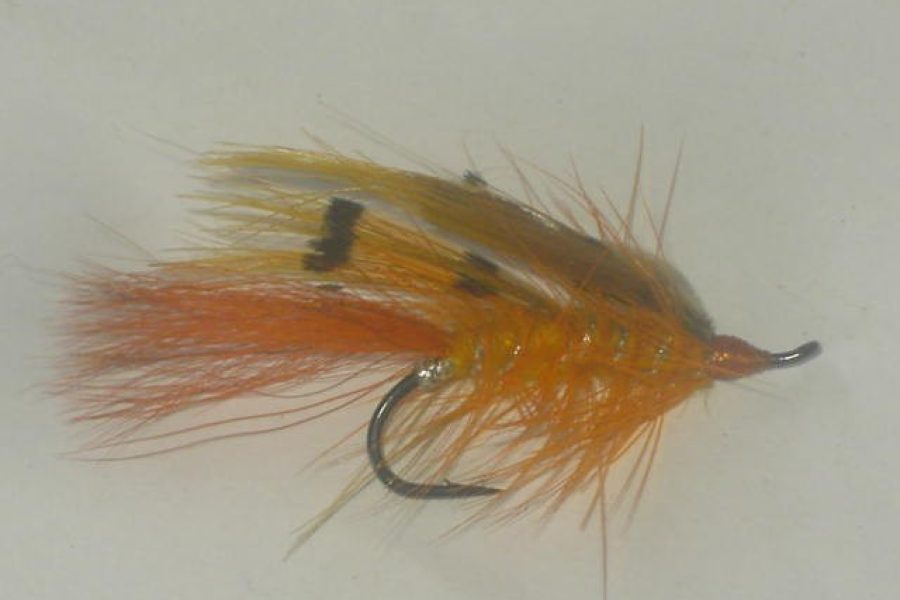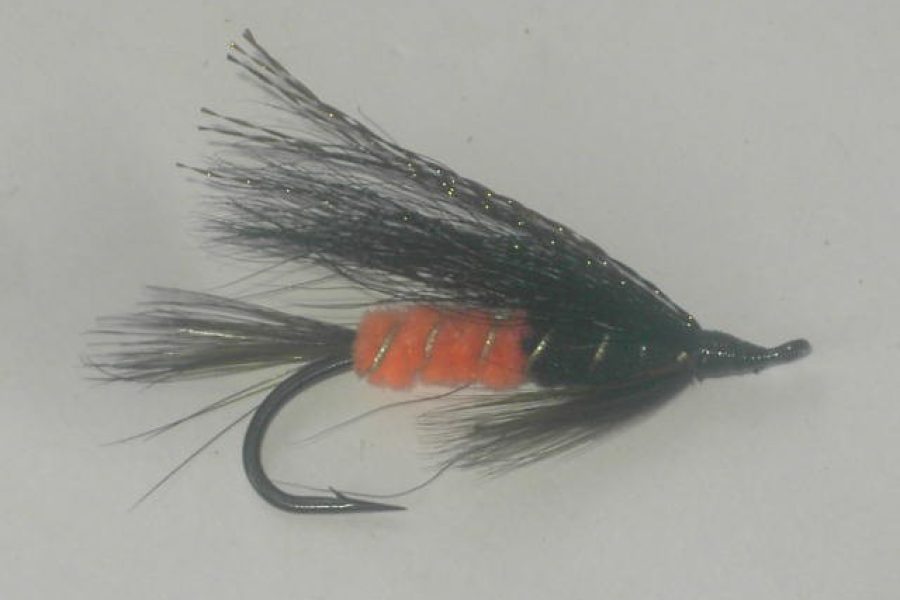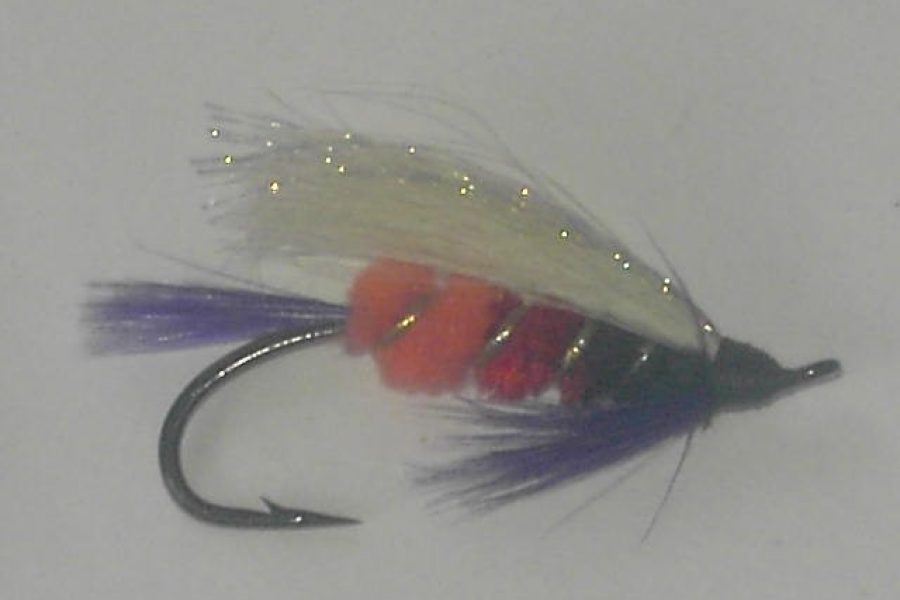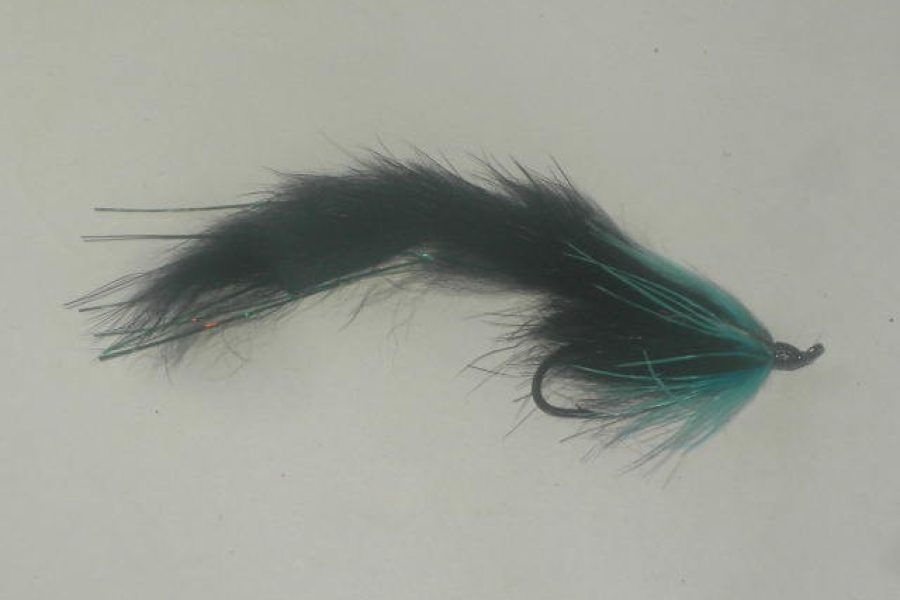Description
Historical Significance and Pattern Evolution The Collie Dog Double Salmon Fly represents one of Scotland’s most iconic and enduring salmon patterns. Originally developed in the late 19th century, this pattern was one of the first hair-wing salmon flies, utilizing readily available black hair from shepherd’s collie dogs. Its effectiveness and simplicity compared to traditional fully-dressed salmon flies led to its widespread adoption and continued popularity among salmon anglers worldwide.
Pattern Development History:
- Originated in Scottish salmon rivers
- Pioneered hair-wing salmon fly design
- Refined through practical field testing
- Enhanced through modern materials
- Tested across various water conditions
- Proven effective for multiple species
- Adapted for different fishing scenarios
- Modified for specific water types
- Established as a classic pattern
- Continuously refined by anglers
Material Science and Performance Enhancement Core Components:
- Premium grade hair materials
- Double hook construction
- Strategic flash materials
- High-quality hackle
- UV-reactive components
- Enhanced durability features
- Size-specific materials
- Color-matched components
- Strategic wing placement
- Pattern variations
Material Integration Techniques:
- Precise wing mounting
- Advanced durability methods
- Strategic flash placement
- Body proportion control
- Movement enhancement
- Pattern reinforcement
- Profile maintenance
- Color integration protocols
- Size consistency control
- Performance optimization
Technical Water Applications Deep Water Tactics:
- Precision depth control
- Current compensation methods
- Structure approach protocols
- Depth maintenance systems
- Strike triggering techniques
- Pattern movement variations
- Recovery position optimization
- Multiple retrieve patterns
- Line control refinement
- Speed management protocols
Surface Presentation:
- Wake creation techniques
- Current seam exploitation
- Structure targeting methods
- Visual strike detection
- Pattern movement control
- Depth transition techniques
- Speed variation tactics
- Strike zone coverage
- Pattern rotation protocols
- Presentation angle optimization
Seasonal Pattern Applications Spring Tactics:
- Early season strategies
- High-water adaptation
- Temperature-based modifications
- Light condition adaptations
- Feeding window optimization
- Pattern size selection
- Color variation choices
- Depth control protocols
- Strike detection refinement
- Leader system modifications
Summer Applications:
- Early morning techniques
- Evening period strategies
- Deep water approaches
- Fast current tactics
- Temperature considerations
- Light penetration factors
- Oxygen level assessment
- Feeding behavior matching
- Pattern rotation protocols
- Presentation speed adjustment
Fall Strategies:
- Pre-spawn targeting methods
- Water temperature adaptation
- Light condition considerations
- Pattern size modifications
- Color selection refinement
- Depth control methods
- Strike detection enhancement
- Recovery position optimization
- Multiple rig configurations
- Leader system adaptation
Technical Water Applications River Systems:
- Deep pool presentation
- Structure targeting tactics
- Current seam reading
- Pattern size adaptation
- Leader length optimization
- Tippet diameter selection
- Strike detection refinement
- Recovery position selection
- Follow-through protocols
- Multiple retrieve considerations
Estuary Applications:
- Tidal influence tactics
- Depth variation strategies
- Structure targeting
- Pattern size adaptation
- Color selection criteria
- Retrieve speed adjustment
- Strike zone identification
- Recovery position optimization
- Multiple presentation angles
- Leader system modification
Environmental Adaptation Methods High Water Conditions:
- Weight adjustment techniques
- Pattern size modification
- Color selection refinement
- Presentation speed adaptation
- Depth control methods
- Structure approach strategies
- Safety consideration protocols
- Recovery technique modification
- Pattern rotation strategies
- Leader system adaptation
Low Light Operations:
- Enhanced visibility patterns
- Flash material integration
- Contrast enhancement methods
- Presentation modifications
- Depth adjustment protocols
- Strike detection systems
- Pattern size optimization
- Color brightness adaptation
- Recovery position modification
- Multiple pattern approaches
Advanced Rigging Specifications Leader Engineering:
- Heavy-duty leader systems
- Specialized tippet selection
- Strategic material placement
- Weight distribution calculations
- Tangle prevention protocols
- Line diameter progression
- Knot selection optimization
- Breaking strength analysis
- Visibility management
- Leader turnover dynamics
Terminal Tackle Configuration:
- Direct tie applications
- Loop knot optimization
- Pattern combination selection
- Weight placement strategies
- Line control enhancement
- Strike detection systems
- Leader balance considerations
- Casting adaptation methods
- Depth control mechanisms
- Pattern rotation protocols
The Collie Dog Double Salmon Fly represents the perfect fusion of traditional design principles and modern salmon fishing techniques. Its sophisticated engineering incorporates precise calculations with time-tested fishing methods, creating a pattern that consistently produces results across varying conditions. Whether targeting fresh-run salmon in rivers or searching for fish in estuaries, this pattern delivers exceptional performance through its carefully calculated design elements and versatile presentation capabilities.
Additional information
| Hook size | 10, 12, 2, 4, 6, 8 |
|---|---|
| Hook type | Barbed Hooks, Barbless Hooks |

